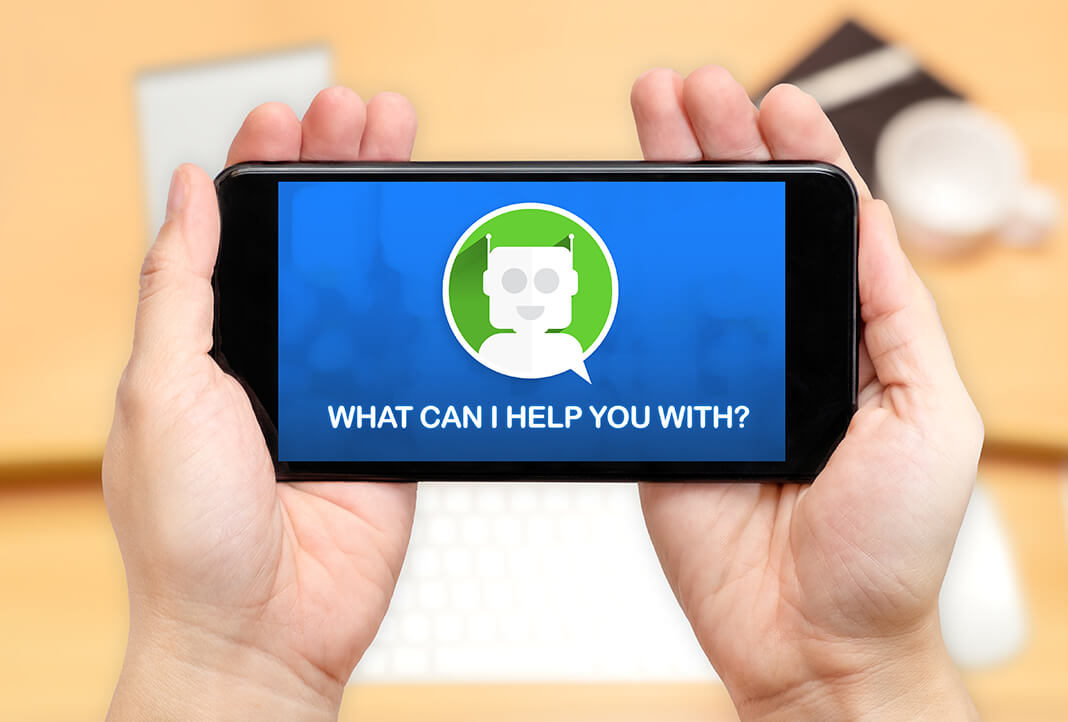The future is already here; artificial intelligence and machine learning can help create HR process efficiencies and improve candidate experience.
Artificial intelligence in the workplace is more than a catch phrase in organizations today. With the pace of technology advancements and usage rapidly accelerating, the acceptance and reliance on such tools is also growing. The first thing HR leaders need to understand is what artificial intelligence (AI) is and what it includes. According to Ben Eubanks, an industry expert from Lighthouse Research, “AI is a term that encompasses multiple types of computerized programs. In fact, someone talking about AI can be discussing anything from facial recognition tools powered by neural networks to machine learning that predicts the best word to use in a subject line to improve email open rates.”
There are two specific aspects of artificial intelligence that impact HR technologies: machine learning and natural language processing. Machine learning looks for patterns in large amounts of data and then makes predictions based on those patterns. The other is natural language processing. This is when a computer “understands” and responds to the written or spoken word.
HR professionals are empowered to purchase technologies that incorporate AI into the way the organization handles people through the entire employee life cycle. Right now, it is most common to have systems enhanced by AI to answer simple questions using data the system has stored. As more and more interactions with the data accumulate, the system learns and operates seamlessly within the employee’s work day.
Some examples to consider are:
Talent Acquisition
A chatbot with natural language processing that can assist as you interview a candidate. Imagine you are interviewing a candidate and are asked a question about employee benefits, tuition reimbursement, or sabbaticals. You may not know those answers. Instead of looking them up or referring to HR, the chatbot could seamlessly interject with the needed information to keep the interview going.
In speaking with Jen Phillips-Kirkwood, Vice President-Future of Work at ADP, she said, “According to the ADP Research Institute® and the Workforce Vitality Report, 27 percent of workers would jump to a new job at the same or less rate of pay. Why? How? Technology has enabled workers to switch more easily than ever. AI-driven strategies are helping lure workers away by courting them with opportunities that are attractive to their values, sometimes even with a pay decrease.”
Learning
The learning platform will have data about training employees have completed, their career path, and which roles are next in line for them. Using that information, the system will recommend not only traditional training courses but micro learning, video learning and on-the-job opportunities that match the desired skill development.
Payroll
A platform that will allow you to access payroll data using voice commands. Additionally, one that will allow you to predict future payroll information by modeling out various payroll scenarios.
Workforce Management
The platform will allow you to record time, ask for time off, schedule extended leaves, or approve time, all with voice prompts.
More from Phillips-Kirkwood: “Serving up the AI within existing worker and leader experiences is key. Those I consult with often say, ‘My leaders aren’t ready to use this…’ or ‘My turnover is too high to invest time to teach my leaders to leverage this.’ The whole point of AI is to simplify, notify, and guide the leaders within an experience they are already comfortable in – such as mobile – without the expectation that they have to be the ‘experts’ of AI or data.
“By placing AI and data insights at the perfect intersection of where life meets work (i.e. via mobile), it empowers the leaders to leverage it with meaningful impact. In fact we have a client in the convenience store industry who didn’t let the term ‘AI’ intimidate him. And it lead to more than a $3 million savings in the first year,” Phillips-Kirkwood concluded.
Offboarding
A platform that will not only offer up exit information and forms but that will engage the employee in an ongoing connection — so that as their career progresses elsewhere and they build additional skills — the now “former” employee can be considered for any future opportunities as they become available.
Artificial intelligence is not meant to be a replacement for people. It is a tool that can boost the productivity and enable the support HR has longed for. HR teams looking for a way to predict and handle many of the process-driven tasks now use AI. And as we rapidly develop more use cases, we’re moving toward a workplace assisted by virtual teammates. Right now, that may take the form of a simple chat bot. But as workers and HR practitioners gain comfort interacting with devices like Amazon Echo, Google Home, Bixby, or Siri, they will begin to see the value of having similar technologies in place at work.
Right now, the priority is two-fold. First, understand process points in your organization that will benefit from either handling repetitive tasks, or from predicting future behaviors. Second, work with your vendors to understand how they are currently using artificial intelligence in their solution. Then, ask how it fits into the product roadmap. Armed with this knowledge, you will be able to be the partner and guide for your organizational leaders so that you have the best opportunity for success.



